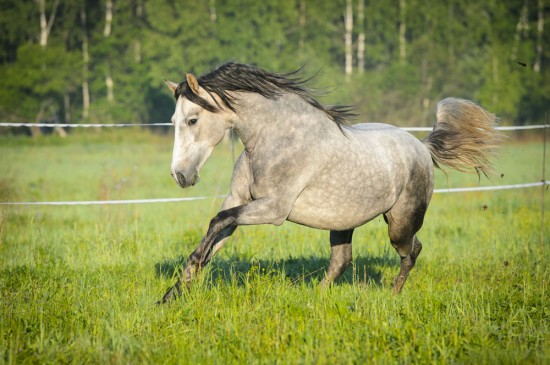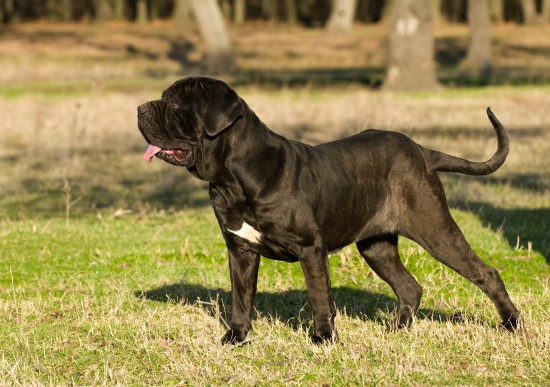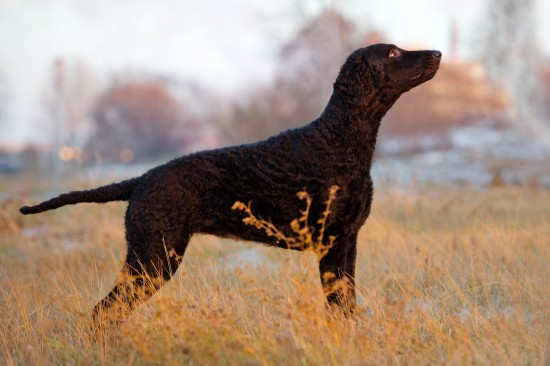

With the possible exception of rearing, bolting is almost certainly the most frightening experience that any rider can go through. Bolting is the word used to refer to a horse or pony running away, either with a rider aboard or alone, and can often happen very suddenly and with little or no warning. Not only can bolting be terrifying for the rider, but it can of course also be extremely dangerous for horse, rider and other people in the vicinity. Some horses and ponies will go through their entire ridden lives without ever bolting, whereas others will have a propensity to bolting and may do so on a semi-regular basis. Generally speaking, most horses or ponies will spook and bolt on at least one or two occasions during their lives.
Do you ride a horse or pony that bolts, or are you interested in finding out what, if anything, you can do if it should happen to you? Read on to learn more.
In order to give yourself the best chances of staying safe and in the saddle if your horse bolts or in any other circumstance, the condition and maintenance of your tack and equipment is vital. Make sure that all of your tack is safe, well maintained and regularly checked for damage or wear. Also, ensure that the clothes you wear and the equipment you take with you when riding will go some way towards protecting you in the case of a fall or if you were to meet obstacles such as low branches or other hazards while riding. Finally, make sure that none of your clothing flaps about or is loose, as this could actually cause your horse to spook or bolt in the first place.
Being able to identify genuine bolting from a simple gallop or high spirits that the rider did not initiate is an important part of being able to address bolting behaviour. Bolting is a fear response, not simple high spirits or naughtiness, and results from the ‘flight’ instinct kicking in as a response to genuine terror and fear. One of the signatures of bolting is that the horse or pony will be very unresponsive and even possibly unaware of the aids given to him during the initial flight, as his whole focus will be on the source of his fear and getting away from it.
For the rider, bolting can be equally as terrifying as the source of fear that instigated it was for the horse. It can also happen incredibly quickly and without warning, and many riders are unseated at the very beginning of a bolt due to being totally unprepared for it happening. If you manage to stay in the saddle during the initial flight stage of a bolt, then you have a good chance of remaining there until your horse calms down, and attempting to manage the flight. Often, you will have no choice but to stay in the saddle, as trying to dismount or jump clear at high speed can be incredibly dangerous. Unless there is a clear and more threatening risk coming up ahead of you and your mount, such as a busy road or low branches that will unseat you, then staying in the saddle if at all possible will almost certainly be the safer option.
Trying to keep your wits about you and think while riding a bolting horse is one of the most challenging things that any rider will ever have to do, and there is really no way to try and dry-run the scenario or practice for it. As much as you possibly can do, try to remember the following points:
If your horse bolts in an open space when you are not mounted, or you become unseated soon after your horse begins to bolt, talking action quickly can help to manage the situation. Firstly make sure that you are uninjured and ok to take action- your own safety and wellbeing are of paramount importance and should not be sacrificed for the wellbeing of your mount.
Generally, a horse that loses their rider when away from their own yard will head for home, which can help you to establish the direction that they will take. However, a bolting horse is not thinking, and may head off into unknown territory and go some distance before slowing down, and depending upon where they end up, be unable to find their route back. As well as going after your horse yourself, call for help at the earliest opportunity, enlisting assistance from friends or others on the yard to help to find and catch your horse. Have someone stay at the yard to keep an eye out for your horse’s return also.
After your horse has slowed and calmed down with you aboard, or you have caught up with them if you became unseated, first regain control of them and calm them down to the point that you are able to handle them and issue commands without placing yourself at risk or frightening your horse again.
Check them over thoroughly for injuries or damage, and then check how your tack and equipment has fared. You will also need to perform a more thorough inspection of both horse and tack later, when you get back to the yard and into a stable or other enclosed space.
Assuming your horse is uninjured or has suffered only minor cuts or other injuries, next you will have to decide how you will get them back to the yard. A big part of this decision involves asking the question as to where do you feel you would have the most control over them- in the saddle or on the ground? Is your tack undamaged and safe to use? Are you yourself calm and confident enough to get back into the saddle?
If you are shaken up, upset or worried, walk your horse back. Also, don’t rush things- take some time to calm down both yourself and your horse, walking in circles and talking to them, until you are ready to go back to the yard by any means. Perhaps even call someone from the yard to come out and help you back, if you have not already called for help.
Hopefully, you will never find yourself in the position of being aboard a bolting horse, and unless you are very unlucky, this will only happen to you once or twice over the course of a lifelong riding career. However, if your horse is prone to bolting and bolts on a relatively regular basis, you may find yourself in the unenviable situation of having to decide how you can manage this in the long term.
Re-schooling, having your horse ridden by a more experienced rider, only riding in groups or enclosed arenas are all possible options, although of course they might not prove suitable for you and how you like to ride. Many flighty horses will mellow with age, however if your horse bolts regularly and you have problems making any headway in dealing with this, you may simply have to take the difficult decision to retire your mount as a riding horse, or sell them on to a highly experienced rider who may have more success with them. Ultimately, the safety of you and the other people that your bolting horse might come into contact with are of the utmost importance- and there really are no easy choices to be made. Stay safe.
 Top Grooming Tips For The Neapolitan Mastiff
Top Grooming Tips
Top Grooming Tips For The Neapolitan Mastiff
Top Grooming Tips
 Metabolic Bone Disease ( Or Mbd ) In Reptiles
Metabolic Bone Di
Metabolic Bone Disease ( Or Mbd ) In Reptiles
Metabolic Bone Di
 Breeding From Your Dog - Caring For The Dam After The Birth
Breeding From You
Breeding From Your Dog - Caring For The Dam After The Birth
Breeding From You
 Is A Curly Coated Retriever The Right Choice Of Dog For You?
Is A Curly Coated
Is A Curly Coated Retriever The Right Choice Of Dog For You?
Is A Curly Coated
 Health And Care Of A Hairless Chinese Crested Dog
Health And Care O
Health And Care Of A Hairless Chinese Crested Dog
Health And Care O
Copyright © 2005-2016 Pet Information All Rights Reserved
Contact us: www162date@outlook.com